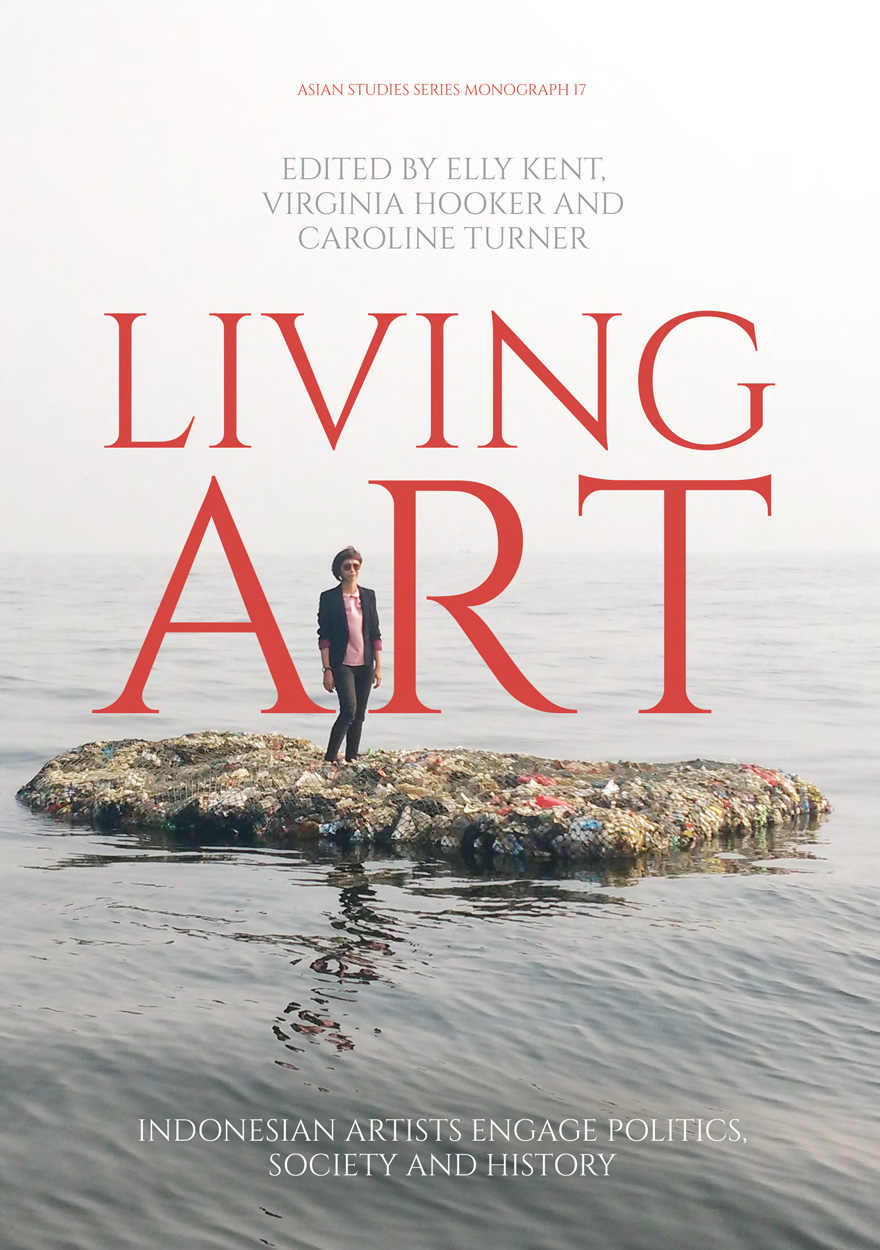Indonesian Artists Engage Politics, Society and History
Publication date: November 2022
Living Art: Indonesian Artists Engage Politics, Society and History is inspired by the conviction of so many of Indonesia’s Independence-era artists that there is continuing interaction between art and everyday life. In the 1970s, Sanento Yuliman, Indonesia’s foremost art historian of the late twentieth century, further developed that concept, stating: ‘New Indonesian Art cannot wholly be understood without locating it in the context of the larger framework of Indonesian society and culture’ and the ‘whole force of history’. The essays in this book accept Yuliman’s challenge to analyse the intellectual, sociopolitical and historical landscape that Indonesia’s artists inhabited from the 1930s into the first decades of the new millennium, including their responses to the COVID-19 pandemic.
The inclusion of one of Yuliman’s most influential essays, translated into English for the first time, offers those outside Indonesia an insight into a formative period in the generation of new art knowledge in Indonesia. The volume also features essays by T. K. Sabapathy, Jim Supangkat, Alia Swastika, Wulan Dirgantoro and FX Harsono, as well as the three editors (Elly Kent, Virginia Hooker and Caroline Turner). The book’s contributors present recent research on issues rarely addressed in English-language texts on Indonesian art, including the inspirations and achievements of women artists despite social and political barriers; Islam- inspired art; artistic ideologies; the intergenerational effects of trauma; and the impacts of geopolitical change and global art worlds that emerged in the 1990s. The Epilogue introduces speculations from contemporary practitioners on what the future might hold for artists in Indonesia.
Extensively illustrated, Living Art contributes to the acknowledgement and analysis of the diversity of Indonesia’s contemporary art and offers new insights into Indonesian art history, as well as the contemporary art histories of Southeast Asia and Asia more generally.




